
- Sustainable Planet -
- 8mins -
- 2,330 views
7 Foods You Can Eat To Help Save The Planet
These 7 suggestions – selected by the World Economic Forum from the WWF’s Future 50 Foods report – are proven to help tackle the negative impact of our current food system on the environment.
These 7 OF THE ‘FUTURE 50 FOODS’ are good to eat and good for our planet
In 2019, the WWF partnered with global food giant Knorr to launch the Future 50 Foods report, a collection of diverse plant-based foods from around the world that can boost the nutritional value of our meals whilst reducing the environmental impact of our food supply. The World Economic Forum selected 7 of these wonder-foods for a video they shared last week (below), and today we take a closer look at the benefits of these 7 (see photos numbered 1–7) and other information from the report.
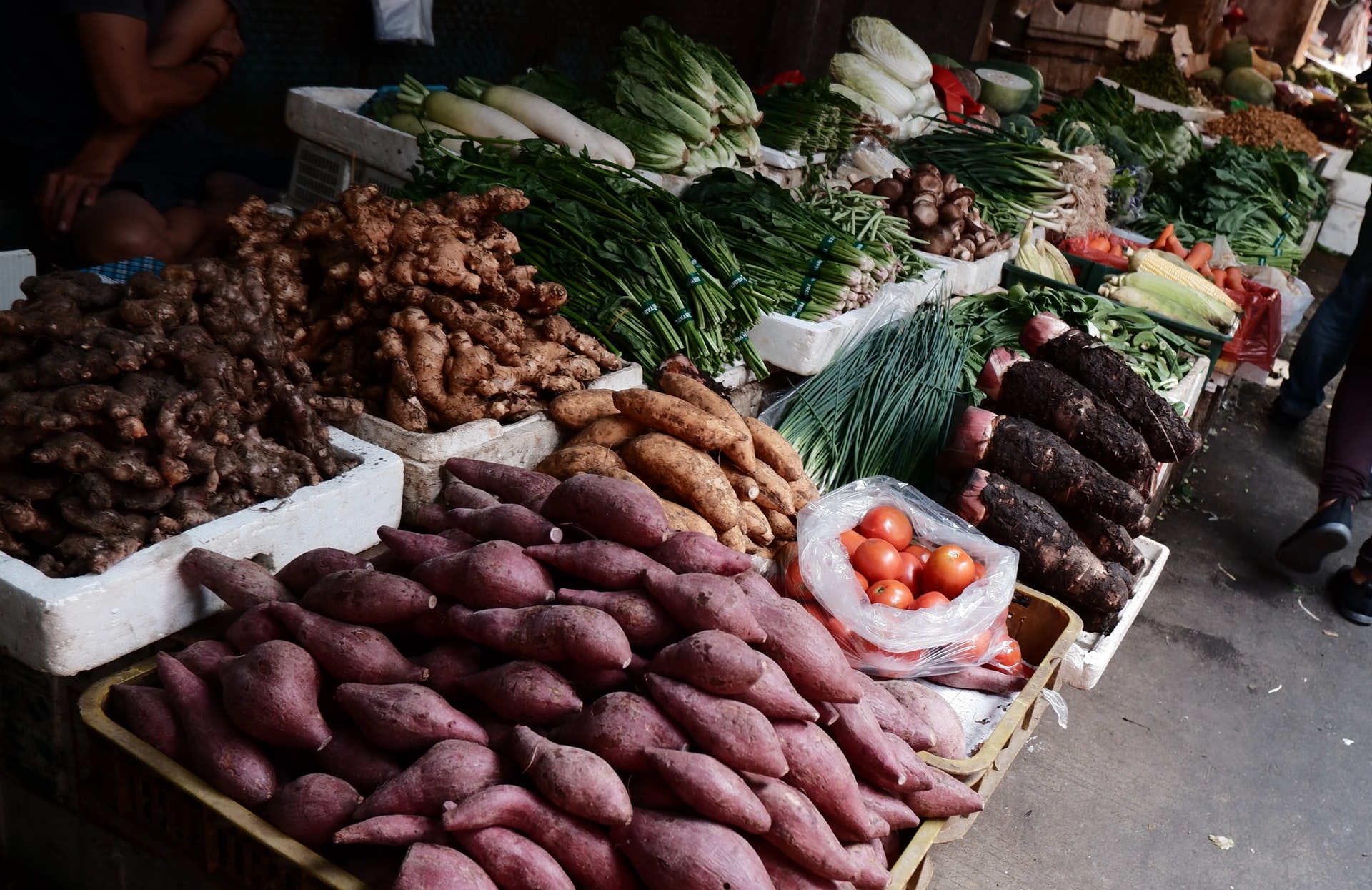
WWF AND KNORR’S FUTURE 50 FOODS
The launch of the Future 50 Foods report in 2019 followed the release of WWF’s Living Planet Report, which highlights the devastating impact of the global food system. As the biggest driver of nature loss on the planet, it is changing our climate, devastating wildlife and is the leading cause of deforestation.
That’s when the WWF teamed up with Knorr to inspire chefs, retailers and shoppers to adopt a greater variety of plant-based ingredients.
The Future 50 Foods report combines some familiar ingredients, such as lentils, wild rice and kale, with less well-known foods like fonio, pumpkin flowers and cactus. Many of these have higher yields than the crops we currently rely on and several are tolerant of challenging weather and environmental conditions, meaning they could not only reduce the land required for crops, but also prove invaluable in the face of growing climate uncertainty.
Greater diversity in our diets is essential as the lack of variety in agriculture is both bad for nature and a threat to food security. Currently 75% of the world’s food comes from just 12 plant and five animal species. It’s essential that we change our eating habits to ensure we protect our planet whilst feeding the growing global population.
Source: WWF
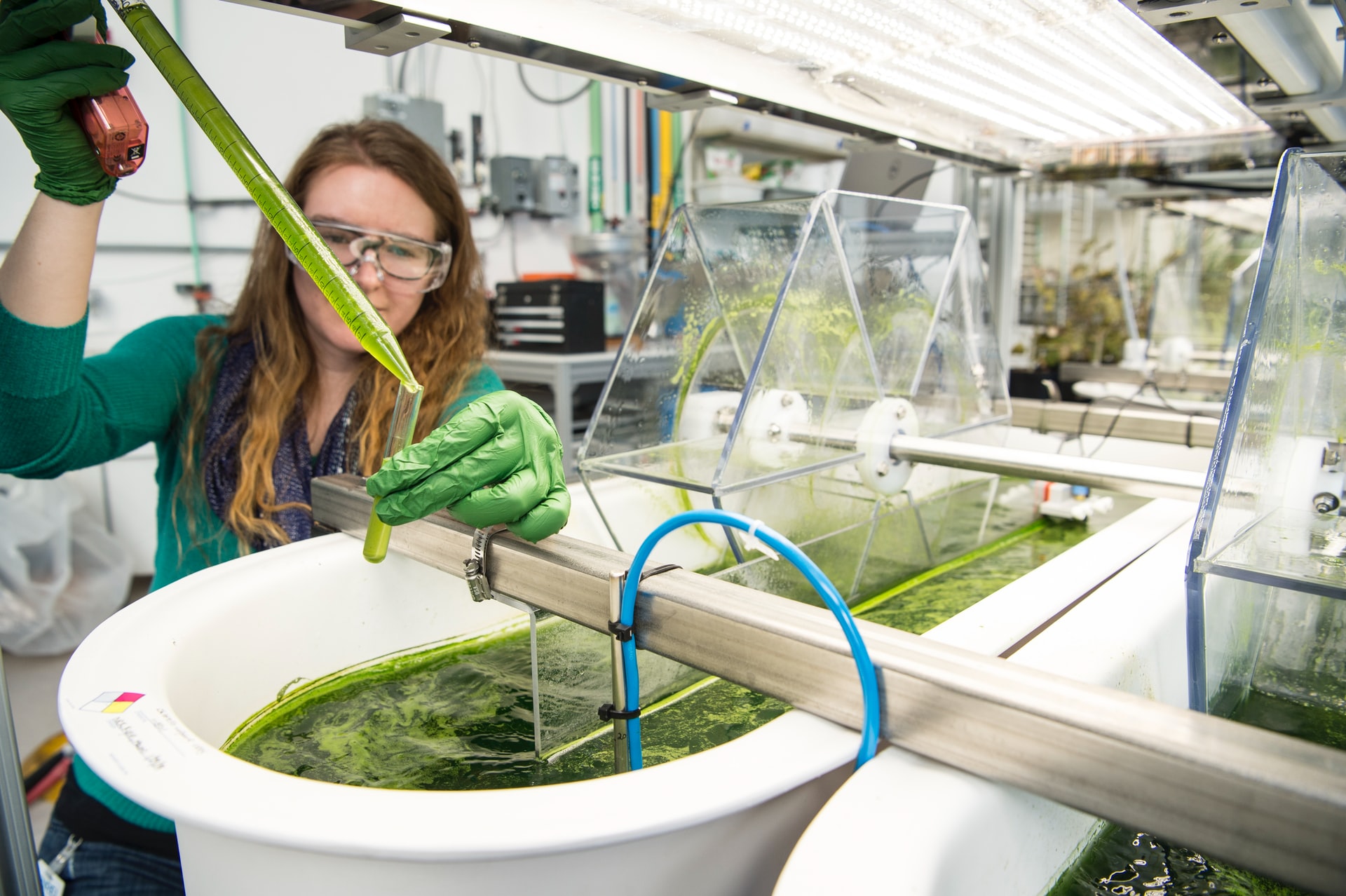
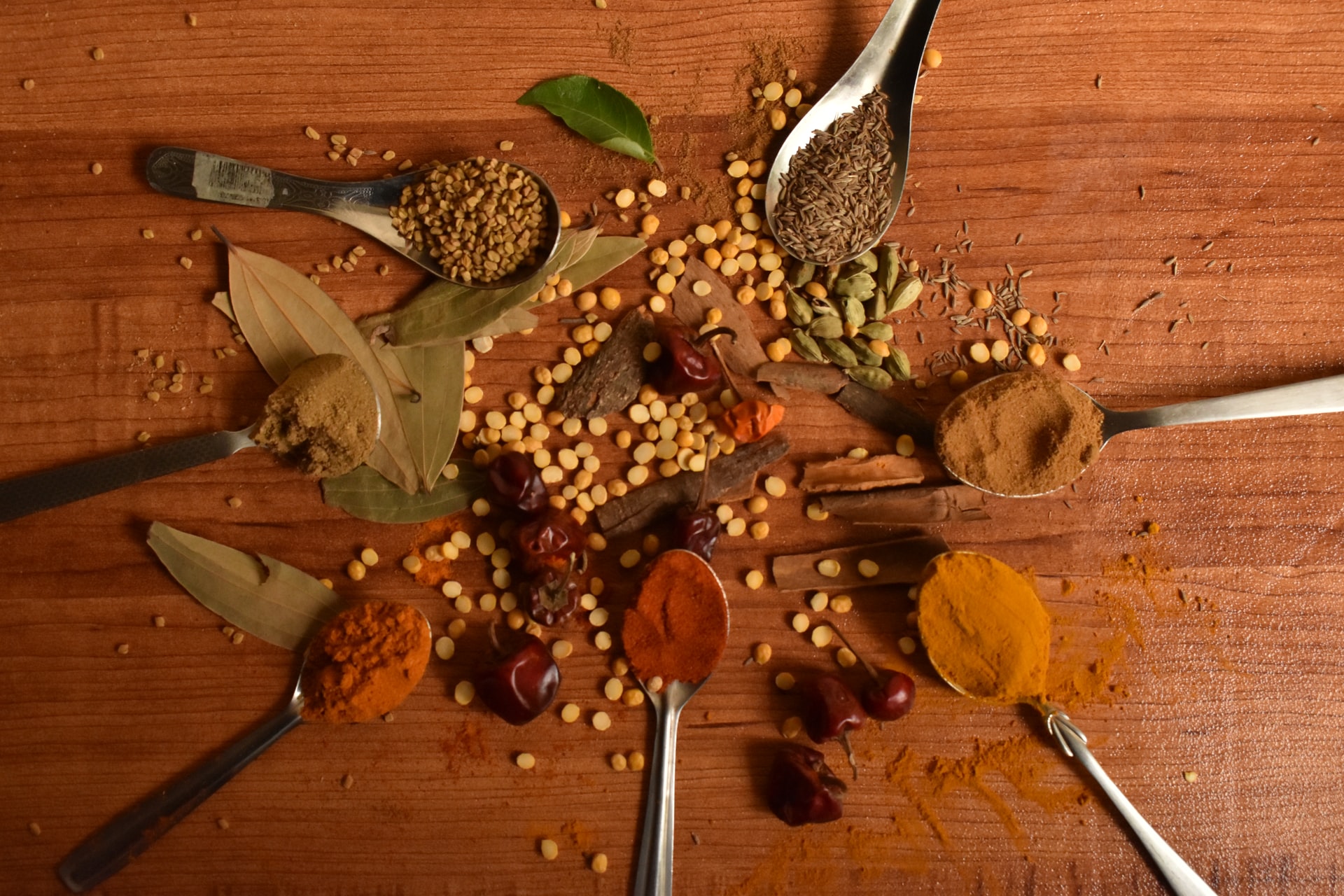
There are dozens of varieties, all with slightly different earthy, peppery or sweet flavours. Lentils are packed with protein, fibre and carbohydrates. Source: Unsplash/Kamakshi subramani
THE LIST OF FUTURE 50 FOODS INCLUDES:
13 CEREALS, GRAINS, TUBERS
For both environmental and health reasons, there is a pressing need to vary the types of grains and cereals grown and eaten. The inclusion of a variety of sources of carbohydrates supports the ambition to enable a shift towards a greater variety of nutritious foods.
12 BEANS, LEGUMES, SPROUTS
Plant-based protein sources are included to support a shift towards eating more plants and fewer animals. Beans and legumes also enrich the soil in which they are grown and support the recovery of land as part of crop rotation.
18 VEGETABLES
With very few exceptions, most people around the world do not get the recommended amount of at least 200 grams (or three servings) of vegetables per day. Vegetables are nutrient packed and can easily and affordably be added to commonly consumed meals.
3 MUSHROOMS
Mushrooms are included because of their nutritional benefits and unique ability to grow in areas unsuitable for other edible plants. Their texture and umami flavour enable them to be adequate meat alternatives.
4 NUTS AND SEEDS
Nuts and seeds serve as plant-based sources of protein and fatty acids (omega 3 and 6) which can support a transition away from meat-based diets while ensuring optimum nutrition. They can be added to a wide variety of dishes for extra crunch and a nutrient boost.
FOCUS ON SAVOURY FOODS
Most calories consumed are from savoury meals. To make the greatest impact on global food choices, the foods in this list can all be used in savoury meals.
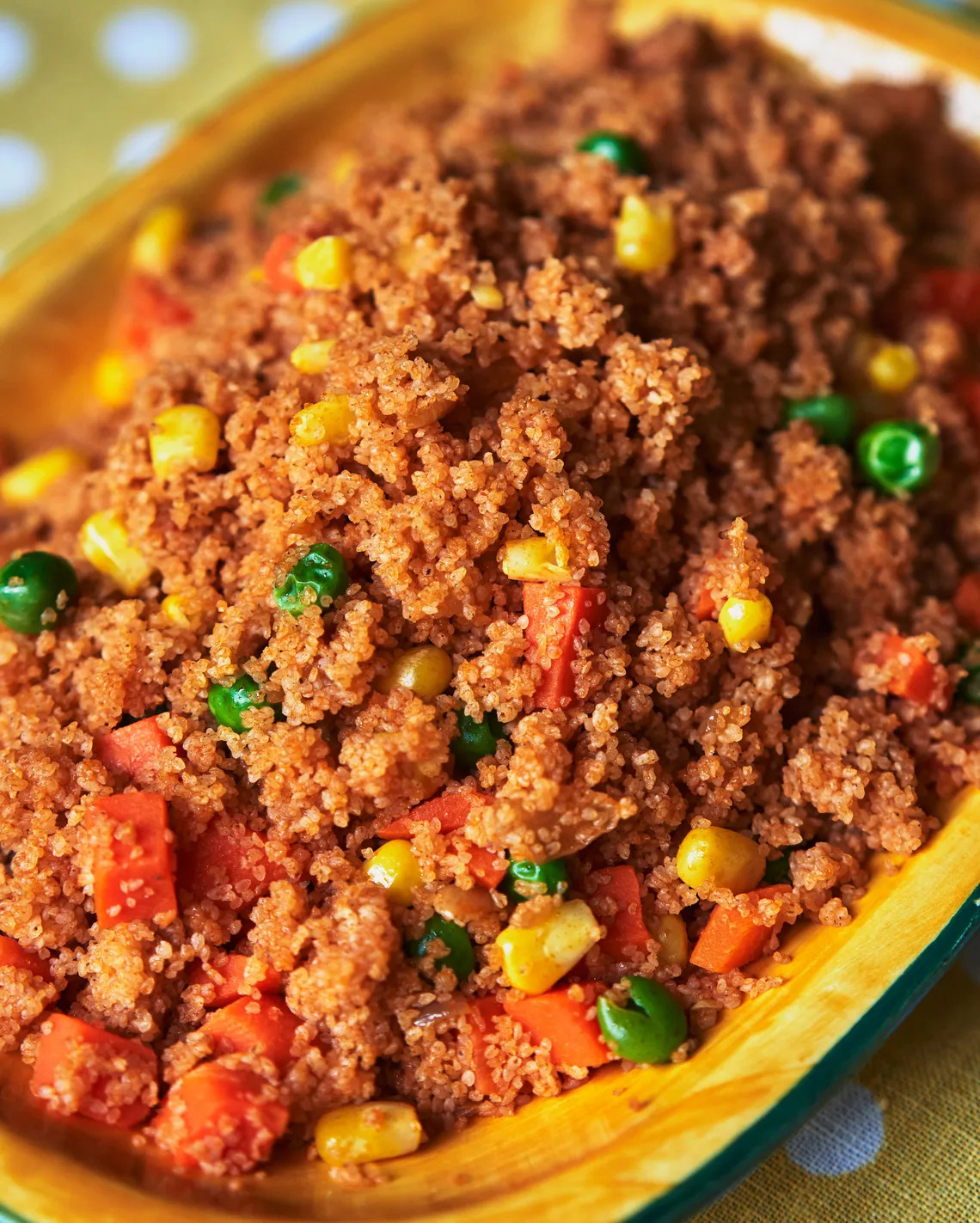

the guiding PRINCIPLES & METHODOLOGY of future 50 foods
Experts in food sustainability, agriculture and nutrition collaborated to identify and shortlist the foods in the report.
The Future 50 Foods guiding principles and five-step methodology are summarised below.
- PROMOTE AGRO-BIODIVERSITY AND DIETARY DIVERSITY
Current agriculture is dominated by 12 crops and five animals. According to FAOSTAT, based on 2016 data, those 12 crops are barley, cassava, corn, palm fruit oil, potatoes, rice, soy beans, sugar beets, sugar cane, tomatoes, vegetables not elsewhere specified and wheat. In keeping with the goal of increasing dietary diversity, 11 of these common crops were not included. After consultation with experts, soy beans were included on the list due
to their high nutritional value, recognising that a large percentage of production is for animal feed. Less familiar varieties and less commonly consumed parts of the remaining above-mentioned crops were considered.
- STIMULATE A SHIFT TOWARDS PLANT-BASED FOODS
Rearing animals for food is associated with significant greenhouse gas emissions. Compared to plants, meat and dairy production is more water, land and greenhouse gas intensive. A variety of different plant-based foods can provide comparable nutrients to animal products with lower environmental impact. This list includes protein-rich, plant-based foods that can be eaten in addition to, or in place of, sources of meat- based protein.
- CONSIDER ENVIRONMENTAL IMPACT OF FARMING PRACTICES
The environmental impact data are based on standard farming practices sourced via publicly available information. Average yield and greenhouse gas emissions, relative to similar crops, have been considered. Transport emissions have not been considered as they account for less than two percent of the overall greenhouse gas footprint of food.
- FOCUS ON NUTRIENT CONTENT OF RAW, UNPROCESSED FOODS
For consistency within the food groups,
the nutritional values reflect the foods in their raw, unprocessed state. Cutting, cooking or processing the foods in any way may change their nutritional value.
- OPTIMISE NUTRIENT BALANCE ACROSS FOOD GROUPS
The distribution of food groups enables swaps to more sustainable, diverse and nutritious foods. This includes many different types of nutrient rich vegetables, good sources of plant-based protein and a wide variety of sources of carbohydrates.
Source: WWF
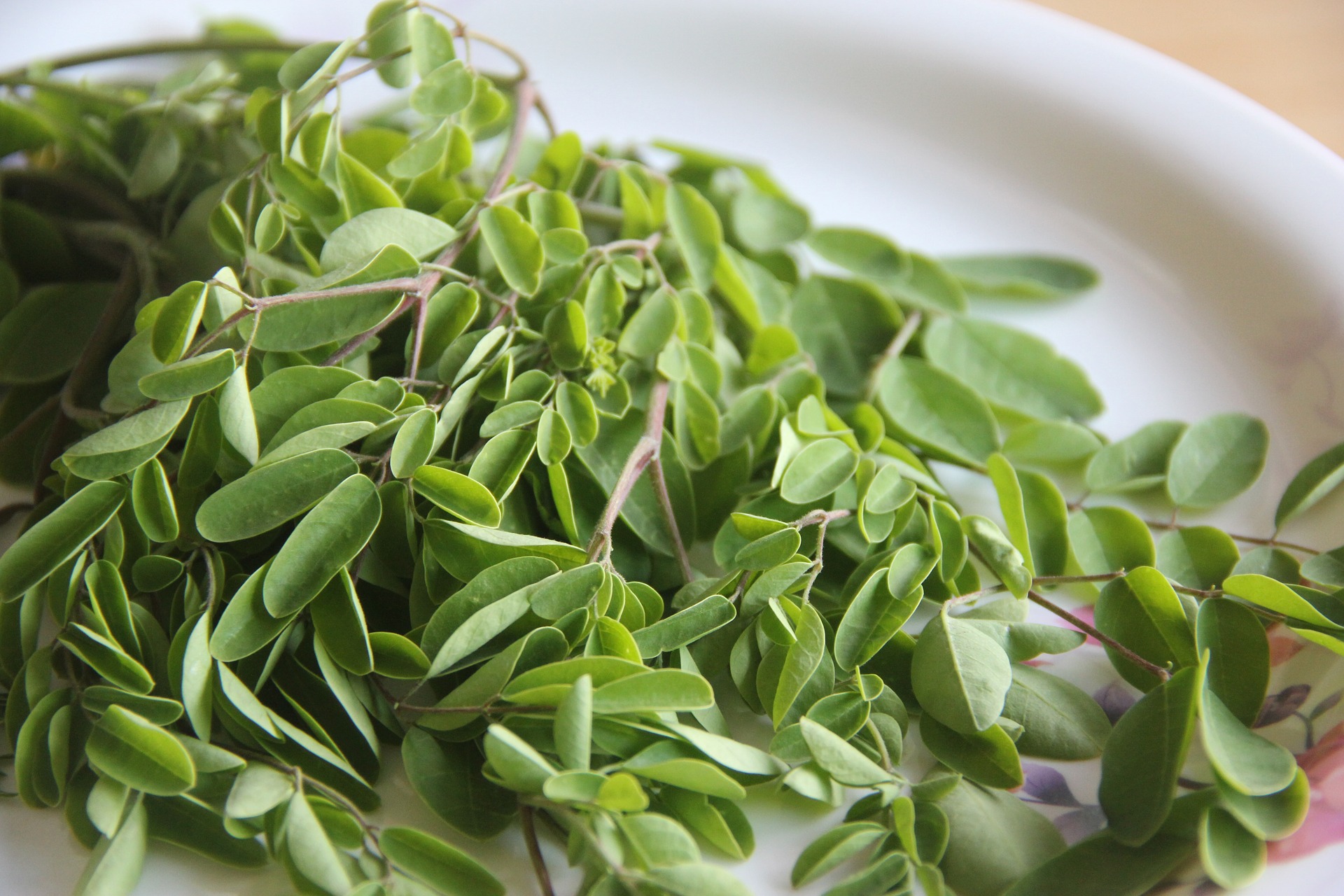
supplements due to their nutritional value. Source: Pixabay/svibhandik

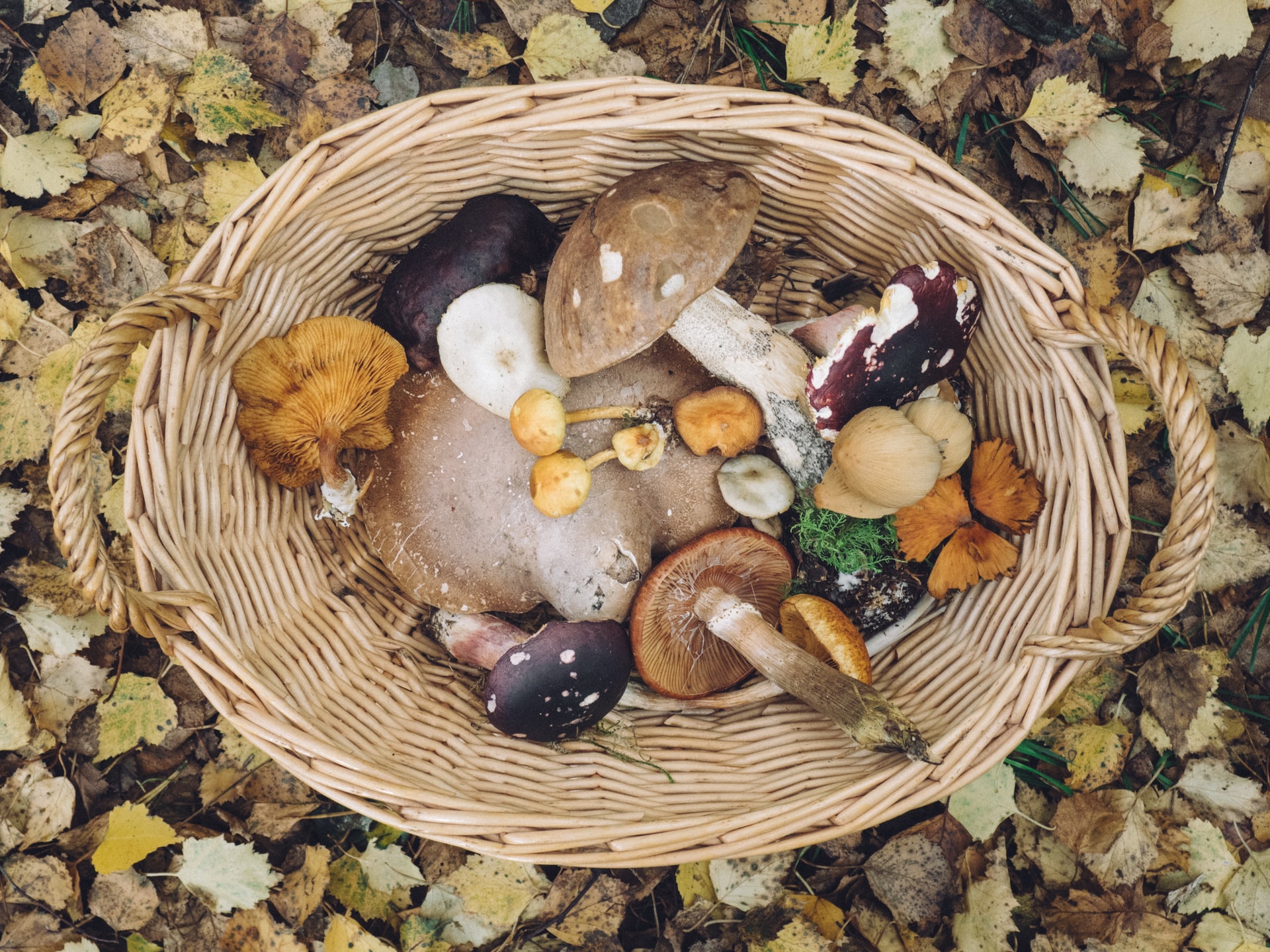
Large-scale change begins with small actions
The Future 50 Foods have the power to increase the nutritional value and decrease the environmental impact of everyday meals. We all need to be a part of shifting the food system by using our purchasing power to increase the demand for and supply of foods that are better for people and the planet. Start by choosing to eat a wider range of foods, including the Future 50 Foods. Large-scale change begins with small actions. To find out more or download the report, click Future 50 Foods.

